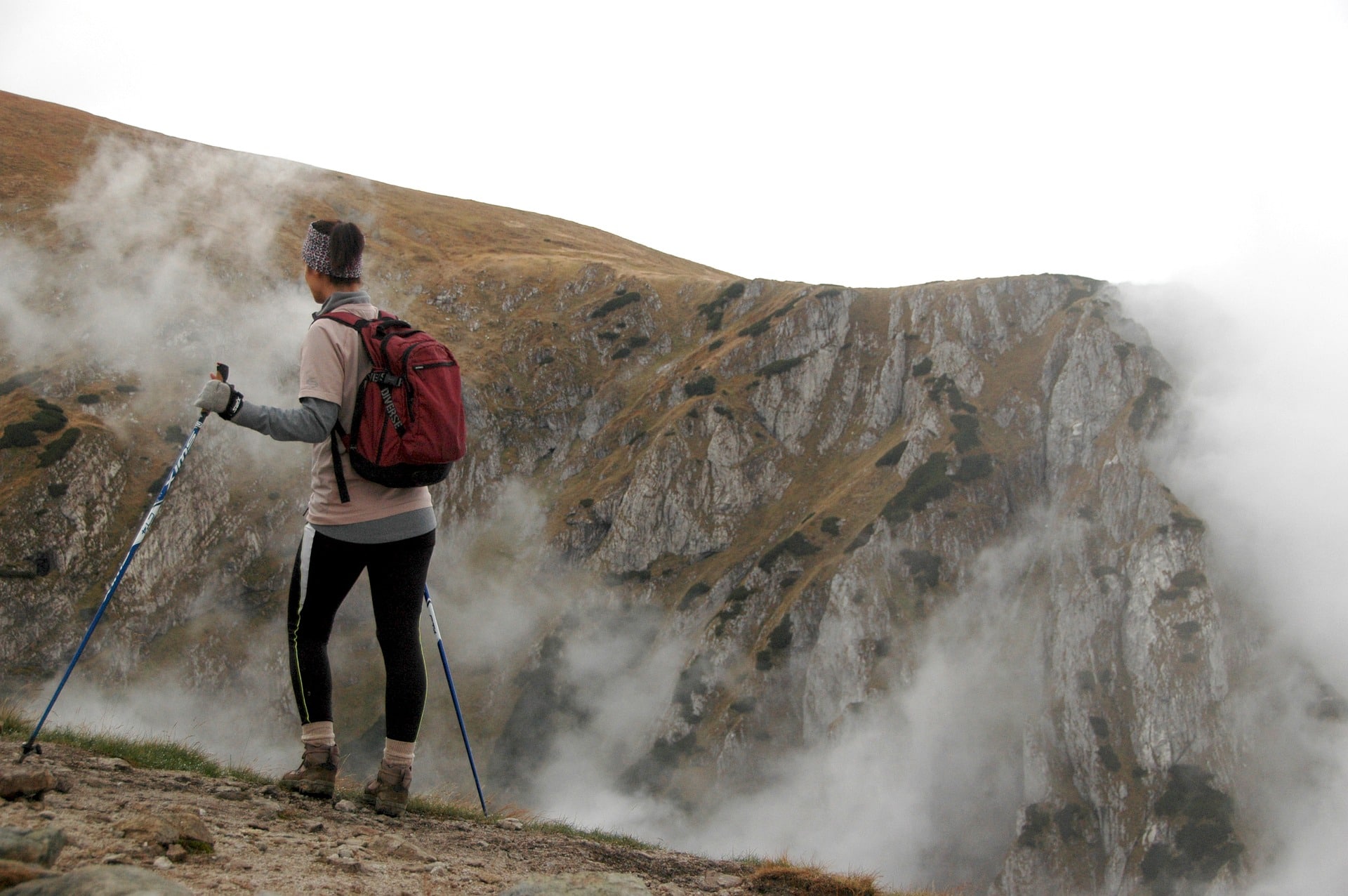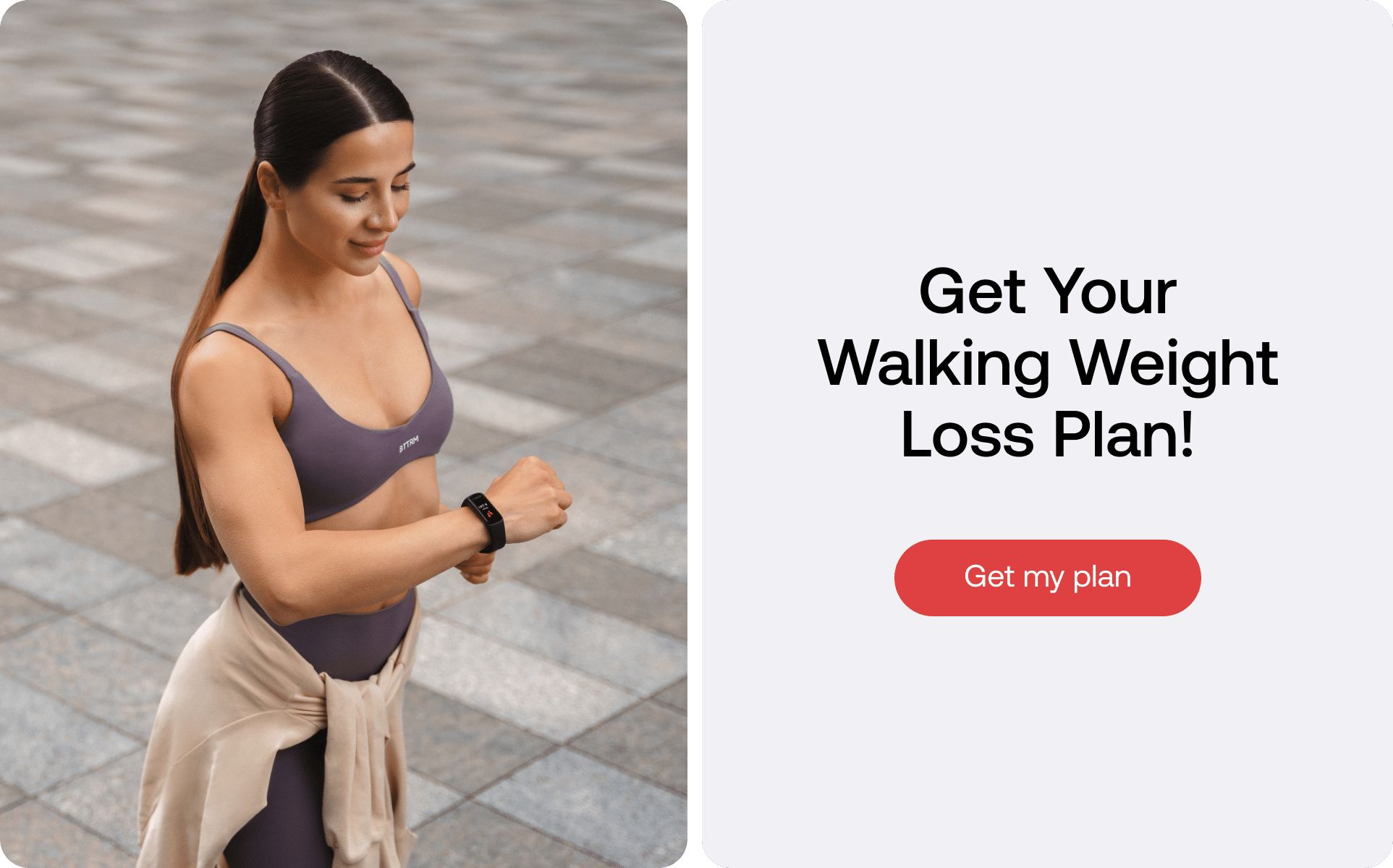If you are a fan of hiking, you have probably considered using poles or are familiar with them. However, if you are new to hiking you might still be trying to figure out whether you need trekking poles or not. Trekking poles are great and offer support and stability. While walking with poles is not necessary, it might offer some added benefits. Before you start using walking sticks for hiking, there are a few things you should know. Today we take a look at how to walk with trekking poles, the benefits, and provide tips for walking sticks use.
How To Walk With Trekking Poles
Over the years trekking poles have gained popularity and have become a companion of many hikers. Using poles is optional, but many people find using trekking sticks more suitable. So what are trekking poles for? They are designed to offer extra support and stability on a rough hiking train or in park paths and this makes trekking sticks very useful.
Using your trekking poles correctly helps you get the most out of this piece of equipment. You may benefit from using trekking sticks if you have multiple sclerosis, Parkinson’s, or a joint disease like osteoarthritis as they reduce the load on the knees and hips (2). The elderly may also find this pair of poles to be a worthy companion.
Pole use should be built up gradually. Your body might take time to adjust to the use and movement of trekking sticks. You thus need to start slowly then build up the mileage once you master using the poles. Walking with poles is just like natural walking except that you engage your shoulder and arm muscles a little bit more.
You may also have heard about Nordic walking poles, but these are meant for a different purpose though they are somewhat similar to trekking poles. Nordic walking poles are meant to increase the intensity and calorie burn to about 18% higher than brisk walking (4). Trekking poles are meant to provide stability while Nordic walking poles are used to increase the intensity of walks and make it a full-body workout.
Both types of poles are mostly made of aluminum or carbon fiber and usually have a carbide tip. Trekking poles are however larger and may or may not have straps while Nordic poles are much slimmer and always have straps or demi gloves. You can therefore make use of Nordic poles for extra support because of their grip but you cannot use trekking poles to Nordic walk (5).
Here’s how to walk with trekking poles:
Setting Up
Before you get to use your poles, you will need to familiarize yourself with them. Make sure you know how to adjust the length, engage the shock systems, and use the straps. To begin:
- Stand with your elbows flexed at 90 degrees, and adjust the length so that the grip fits in your hands at that level.
- Adjust the straps so that you can comfortably get your hand through but it shouldn’t be too loose. In case you have sweaty hands, you can wear fingerless gloves to help reduce friction that may cause blisters.
- Pass your hand through the strap and grip the pole handle. The strap should be over the back of your hand (not crossed around your palm). This way you have better control over the pole.
Read More: Nordic Walking Technique, Benefits and Tips for Getting Started
Gripping The Pole
Your grip on the pole should be relaxed and not too tight. The pole should be able to freely move between your thumb and forefinger. Keeping your hands relaxed makes it easy to move the pole forward as you walk.
All you need to do is hold the pole between your thumb and forefinger. You may also loosely wrap your other fingers around the handle. Don’t grip the pole too tightly as this will tire your hands.
Arm Motion
The next thing is how to move your arms. To do this correctly:
- Keep your hands close to your body as you walk.
- Keep your arms in a neutral position and propel yourself forward using your shoulders.
- With each stride, bring the opposite side’s pole forward.
- The opposite arm and leg should move together. That is, as your right leg moves forward, your left arm (with the pole in it) should also be moving forward.
- You can then bring the poles to touch the ground with each stride.
If you bring your right leg and arm forward together and vice versa, you will have a swaying gait. Walk naturally allowing your arms to move forward and backward without any exaggeration.
Pole Planting
Plant the tip of the trekking poles lightly. The tip should gently touch the ground. Plant the pole slightly ahead of you, then allow your foot and body to follow before removing it and flicking it forward again.
When walking on soft terrain, use baskets on your poles to stop them from sinking into the ground and for proper stability. You may use one pole even though you will find that many individuals prefer to use two poles.
When making a turn, both trekking sticks should remain at your sides. Do not cross them in front of you to avoid tripping over your poles.
Walking Uphill And Downhill
When walking uphill, slightly shorten your poles. Use the poles to push off and not to pull yourself up the slope. Do not plant the trekking stick in front of your lead foot, instead keep planting them parallel to your body. Ensure the poles remain close to your body.
While moving downhill, lengthen your poles by 5 to 10 centimeters. Place them slightly ahead of you with each stride to help with the braking. Shortening your stride may help to reduce the impact of stress on your knees. You might want to do this also if you are carrying a backpack.
If you wish to free yourself from all the extra pounds that have been weighting you down for way too long, start using the BetterMe app and overhaul your entire life!
How To Pick A Trekking Pole
Picking the right pole is important if you want to practice the correct technique. You might want to consider a few things apart from the length of the pole into consideration. Ask yourself where you will be hiking, the mileage you will be covering, the kind of terrain (ough or even), and the weather season during which you will be hiking? Also, consider what strap and pole material would be comfortable for you.
Below are a few things you need to factor in, when selecting a trekking stick:
Length
This is crucial when purchasing your pole. Generally, the pole should be of a length that allows you to gently grip the pole when your arm is slightly flexed at your elbow. So, if you prefer a fixed pole you may have to try several though most pole brands provide guidelines as to the right length for your height.
The other option is adjustable poles. These types allow for more flexibility and even sharing of poles. And also, you may need to adjust the length of your pole accordingly with regards to the landscape (shorter for ascending and longer for descending).
Fixed Or Telescoping Poles
Fixed or monopoles are lighter and sturdier but the length cannot be adjusted. Telescopic trekking poles on the other hand offer great flexibility and can even be shared. The common types are 2-piece and 3-piece telescopic poles.
There is also the 3-piece folding pole, whose sections are connected by a cord. To assemble it, the cord is pulled and locked into place. Such poles are easy to carry around.
Handles
Different types of poles have different handle designs. Go for a handle design that feels comfortable in your arms. The grips may be made of foam, cork, or rubber.
Rubber handles are commonly found on entry-level poles and are comfortable to use. They are also durable and grip well in cold conditions. But if your hands get sweaty or you intend to walk for longer periods, cork handles are better. Foam handles are more ergonomic and provide a superior grip.
The handles may be curved. Such handles are useful when crossing rivers, balancing on stones, and walking on rough terrain that requires lots of balance. You may also find that some handles have an index finger bump. A few others are molded with knuckles but this might not be ideal if your hands don’t fit.
Straps
Straps allow you to walk with a looser grip and keep the poles from slipping. Some do not have straps, but as they are a useful addition it is best to go for trekking sticks with straps. Common materials used to make straps include airbrushed nylon neoprene and microfiber.
There are basic straps that are simple and adjustable. Then there are releasable straps that can come off the pole without having to remove them from your hand. Some straps also have a foam lining of varying thickness to provide extra comfort.
Read More: Nordic Walking Benefits: 10 Plus Reasons To Try This New Fitness Trend
Weight
How heavy do you want your pole to be? The weight of your pole is directly related to the mileage of your treks or hikes. If you will be trekking for longer distances, a lighter pole is best. Poles that are both strong and light are often made from carbon fiber but are usually expensive.
Be careful however to not choose a pole that is too light and won’t be sturdy enough on rough terrains. Just try different poles for their weight and see which one feels natural to you.
Pole Material
Poles are mostly made using aluminum or carbon fiber. Aluminum poles are durable and reliable. They are slightly heavier but can bend under pressure without breaking and bang against rocks without being damaged.
Carbon fiber poles on the other hand are lighter than aluminum ones. Carbon fiber is a good choice for diffusing vibration thus reducing the amount of shock transmitted to your arms. Its strength however is compromised if the pole is scratched, chipped, fractured, gouged, or damaged in any way. That said, if you are going for a carbon fiber pole, make sure it is of high quality even though they are a little expensive.
Also, remember to check the warranty and replacement policy before you make a purchase.
Accessories
Different accessories help you adjust to different circumstances and terrain and include baskets and tips. Baskets help prevent the trekking sticks from sinking into soft surfaces or slipping into cracks. They come in different shapes and sizes and are easy to fix and remove.
The best trekking poles usually have replaceable tips. Over time, tips wear out and may need to be replaced. You may need to check that the manufacturer has replacement tips before you buy a pole. Replacing can be done at home as long as you have areplacement tool.
Most trekking sticks come with extra rubber tips that you can just slip over the metal tip. Rubber tips are great to use on smooth trails or sidewalks. Some poles also have a compass, LED lights, or hidden compartments but these have no great significance. It is okay to go for a standard pole without any of those fancy additions.
Benefits And Downsides Of Walking With Trekking Poles
There are both upsides and downsides to using trekking poles, but the former outweigh the latter. If you still are not sure why you should go out of your way to purchase trekking poles, the benefits might help change your mind.
Benefits of walking with poles include (6):
- The arm movement adds to the intensity of your activity, helping you burn more calories.
- Provide extra support and stability when walking (1). You might find poles more useful on uneven, rough trails.
- Help build muscles in your shoulders, arms, and upper body.
- Protect your knees from the impact of walking, particularly when walking downslope. Walking with poles also takes the stress off your a and hips and may benefit those with arthritis (2).
- Help improve posture. Using trekking poles helps strengthen and loosen your upper back muscles. So, if you spend a lot of time looking down at your computer or sitting at a desk all day, walking with poles might be great for you.
- May increase your walking speed (3) and increase your endurance and power when going upslope.
- Reduce the risk of falls when used correctly.
You may also use your trekking poles to check the depth of water, mud, or snow. You can also use it to clear the path ahead of you or get rid of spider webs along your trail. If you are camping, you can use your poles to erect a shelter. Just don’t use your pole for defense against a wild animal.
Using walking poles also has drawbacks such as:
- Poles can be a hazard when used incorrectly. People can easily trip over them especially when they crisscross the pole as they turn.
- Carrying the pole around is an extra load and that can be tiring. The poles are extra weight and require more arm movement.
- Can be a nuisance particularly when you need to use your hands to reach for water, a snack, or your camera for that rare shot.
Yanking yourself back in shape has never been so easy with our game-changing fitness app! Start transforming your life with BetterMe!
How To Take Care Of Your Poles
After investing in quality trekking sticks, it follows that you need to take proper care of them. You don’t want to end up replacing your poles every few months. Before any trip lasting a couple of days ensure you inspect your poles. Check each pole for cracks, fractures, or dents. The last thing you need is your poles giving in while you are out on your hike.
Inspect the pole tips also to see if they need replacing. Over time with frequent use, they wear out. Fortunately, replacing the tips is easy and you can do it yourself. Clean the pole sections with warm water that contains a few drops of dishwashing liquid. Use a soft cloth then rinse the parts with fresh water and let them dry before reassembling them.
The Bottom Line
Trekking poles are a great addition to your treks and hikes. They provide extra support and stability as you traverse different kinds of terrain from rocky paths to steep slopes. You will get the most out of the poles only if you use them correctly. So, take time to master how to walk with trekking poles before attempting to walk for an extended period. Be sure to take time to choose a trekking pole and ensure it suits your needs. You can always ask a sales rep or hiking partner about which poles are best.
DISCLAIMER:
This article is intended for general informational purposes only and does not serve to address individual circumstances. It is not a substitute for professional advice or help and should not be relied on for making any kind of decision-making. Any action taken as a direct or indirect result of the information in this article is entirely at your own risk and is your sole responsibility.
BetterMe, its content staff, and its medical advisors accept no responsibility for inaccuracies, errors, misstatements, inconsistencies, or omissions and specifically disclaim any liability, loss or risk, personal, professional or otherwise, which may be incurred as a consequence, directly or indirectly, of the use and/or application of any content.
You should always seek the advice of your physician or other qualified health provider with any questions you may have regarding a medical condition or your specific situation. Never disregard professional medical advice or delay seeking it because of BetterMe content. If you suspect or think you may have a medical emergency, call your doctor.
SOURCES:
- Effects of Backpack Load and Trekking Poles on Energy Expenditure During Field Track Walking (2018, ncbi.nlm.nih.gov)
- Effects of hiking downhill using trekking poles while carrying external loads (2007, pubmed.ncbi.nlm.nih.gov)
- Effects of walking poles on lower extremity gait mechanics (2001, pubmed.ncbi.nlm.nih.gov)
- Health Benefits of Nordic Walking (2013, ajpmonline.org)
- Nordic Walking Poles or Trekking Poles (n.d., nordicacademy.com.au)
- Walking poles: Good for brisk walking? (2020, mayoclinic.org)













